Home>Interior Design>How To Repair A Plaster Ceiling: Restore Its Smooth Surface
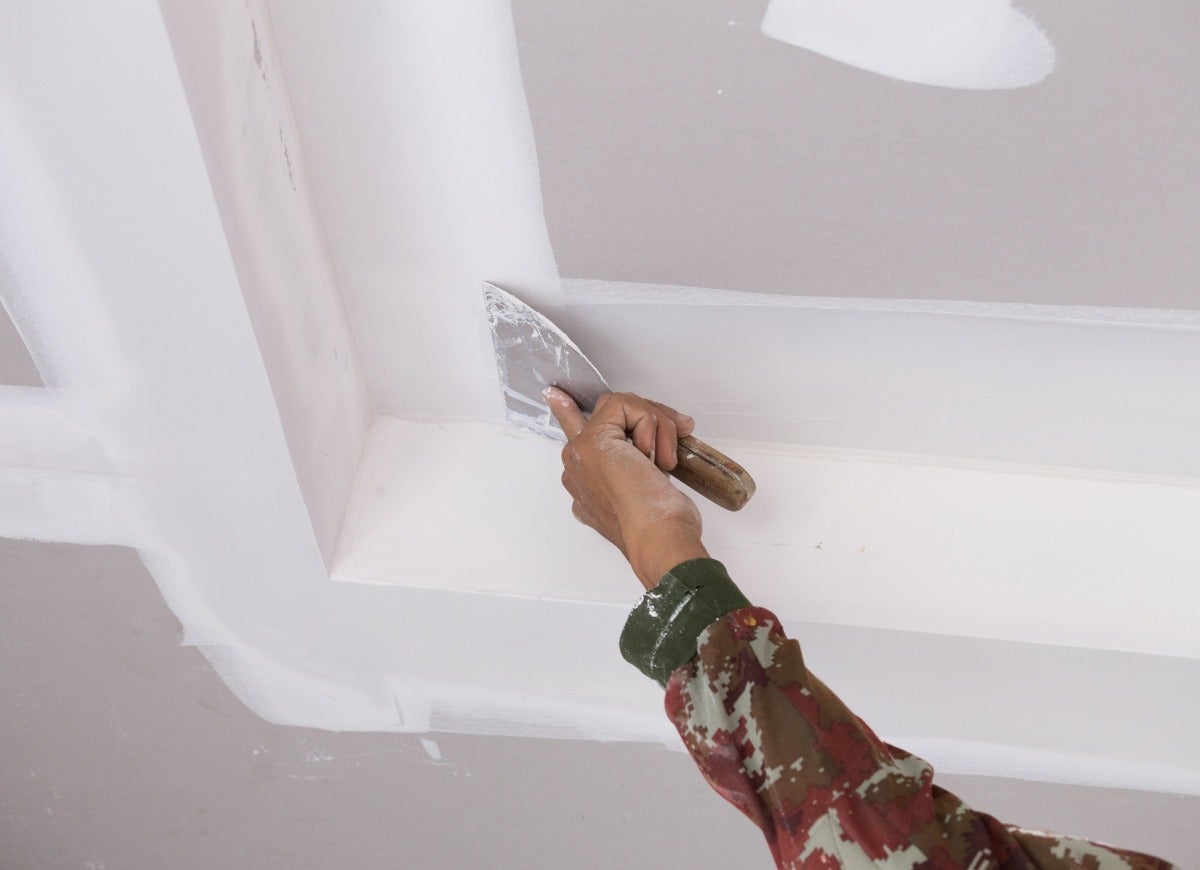

Interior Design
How To Repair A Plaster Ceiling: Restore Its Smooth Surface
Modified: January 23, 2024
Learn how to effectively repair and restore the smooth surface of a plaster ceiling with our expert interior design tips and techniques.
(Many of the links in this article redirect to a specific reviewed product. Your purchase of these products through affiliate links helps to generate commission for Storables.com, at no extra cost. Learn more)
Introduction
Welcome to the world of interior design! A discipline that combines aesthetics with functionality to create beautiful and practical living spaces. One important aspect of interior design is the condition and appearance of the ceilings. Among the various types of ceilings, plaster ceilings are known for their timeless charm and elegance.
Over time, even the most well-maintained plaster ceilings can develop cracks and imperfections. These issues not only compromise the aesthetic appeal of the room but can also indicate underlying structural concerns. Therefore, it is essential to address these damages promptly to restore the smooth surface of the plaster ceiling.
In this article, we will guide you through the step-by-step process of repairing a plaster ceiling and bringing back its original allure. Whether you’re a homeowner looking to tackle a DIY project or a professional interior designer seeking to expand your skillset, this comprehensive guide will equip you with the knowledge and techniques to achieve a flawless result.
Before we dive into the details of repairing a plaster ceiling, let’s first familiarize ourselves with what plaster ceilings are and what causes them to deteriorate.
Key Takeaways:
- Restore the timeless charm of your interior space by repairing plaster ceilings. Follow our comprehensive guide to achieve a flawless result, whether you’re a DIY enthusiast or a professional interior designer.
- Proper assessment, preparation, and execution are crucial for repairing plaster ceilings. Maintain your restored ceiling to preserve its elegance and charm for years to come.
Read more: How To Smooth Ceiling
Understanding plaster ceilings
Plaster ceilings have been used for centuries as a popular choice for adding elegance and sophistication to interior spaces. They are made of a mixture of plaster of Paris, sand, water, and sometimes other additives. This mixture is applied onto wooden laths or metal lath sheets, creating a solid and durable surface.
One of the main characteristics of plaster ceilings is their smooth and seamless finish. When properly installed and maintained, a plaster ceiling can last for many years. However, over time, due to factors such as settling of the building, temperature changes, or moisture infiltration, plaster ceilings can develop cracks, sagging, or even partial collapses.
There are different types of plaster ceilings, including traditional lime plaster ceilings and modern gypsum plaster ceilings. Lime plaster ceilings are commonly found in older buildings and require specialized restoration techniques. Gypsum plaster ceilings, on the other hand, are more common in contemporary construction due to their ease of installation and versatility.
Understanding the type of plaster ceiling you are dealing with is crucial for effective repairs. Lime plaster ceilings often require a more intricate approach, involving the use of lime-based materials and traditional techniques. Gypsum plaster ceilings, on the other hand, can be repaired using standard plastering methods and materials.
It’s important to note that repairing a plaster ceiling is different from repairing a drywall ceiling. While drywall is relatively simple to repair, plaster ceilings demand a higher level of expertise and finesse. Therefore, it’s advisable to have some prior experience or seek professional help if you are unsure about tackling the repair on your own.
In the next section, we will discuss how to assess the damage to your plaster ceiling, so you can determine the extent of the repair needed and gather the necessary materials and tools.
Assessing the damage
Before beginning any repair work on your plaster ceiling, it’s important to thoroughly assess the extent of the damage. This will help you determine the appropriate repair techniques and materials needed.
Start by carefully inspecting the ceiling for any visible cracks, holes, or areas where the plaster has become loose or detached from the surface. Look for signs of sagging or bulging, as these could indicate more significant structural issues.
If you notice any water stains or discoloration, it’s essential to identify and address the source of the moisture before proceeding with the repairs. Moisture can cause plaster ceilings to weaken and deteriorate further if left unattended.
Use a flashlight to examine the ceiling from different angles and lighting conditions. This will help you spot any subtle cracks or imperfections that may not be immediately visible.
Make note of the size, location, and severity of each damaged area. This information will guide you in selecting the appropriate repair techniques and materials for each specific problem.
If you are unsure about the structural integrity of your plaster ceiling or if you are dealing with extensive damage, it’s advisable to consult a professional plasterer or a structural engineer. They can provide expert advice and ensure that the necessary repairs are carried out safely and effectively.
Once you have assessed the damage and identified the areas that require repair, you can proceed to gather the necessary materials and tools. In the next section, we will provide a comprehensive list of items you will need for repairing your plaster ceiling.
Gathering necessary materials and tools
Repairing a plaster ceiling requires the right set of materials and tools to ensure a successful outcome. Before you begin the repair process, gather the following items:
- Plaster compound: Choose a high-quality plaster compound that is suitable for repairing cracks and holes in plaster ceilings. You can find pre-mixed compounds or opt for powdered compounds that you mix with water.
- Mesh patching fabric: This fabric is used to reinforce larger cracks or areas of loose plaster. It provides added strength and stability to the repaired area.
- Putty knife: A putty knife will be your primary tool for applying the plaster compound. Choose a flexible and sturdy knife with varying sizes to accommodate different repair needs.
- Sanding block or sandpaper: Once the plaster compound has dried, you will need a sanding tool to smooth the surface. A sanding block or sandpaper with different grits (medium to fine) will help achieve a seamless finish.
- Primer: A good quality primer will ensure proper adhesion of the paint to the repaired area. Choose a primer that is suitable for both plaster and the type of paint you will be using.
- Paint: Select paint that matches the color and finish of your existing ceiling. Opt for a high-quality paint that is mold-resistant and durable.
- Paint roller or brush: Depending on your preference and the size of the repair area, choose either a paint roller or brush for applying the paint.
- Drop cloth or plastic sheeting: Protect the surrounding area by laying down a drop cloth or plastic sheeting to catch any dust or debris during the repair process.
- Dust mask and safety goggles: To ensure your safety, wear a dust mask and safety goggles to protect yourself from inhaling dust particles and debris.
It’s important to note that these are general items you will likely need for most plaster ceiling repairs. Depending on the specific condition of your ceiling and the extent of the damage, you may require additional tools or materials.
Now that you have gathered all the necessary materials and tools, it’s time to prepare the ceiling for repair. In the next section, we will guide you through the preparation process to ensure a smooth and successful repair.
Preparing the ceiling for repair
Before you begin repairing your plaster ceiling, it’s essential to properly prepare the surface. This preparation will ensure that the repair materials adhere well and create a seamless finish. Follow these steps to prepare your ceiling for repair:
- Clean the surface: Start by removing any loose plaster, dust, or debris from the damaged areas. Use a soft brush or a vacuum cleaner with a brush attachment to gently clean the surface. Avoid applying excessive force that could further damage the plaster.
- Secure loose plaster: If you notice any areas where the plaster is sagging or detached from the surface, you will need to secure it. Use gypsum screws or plaster washers to reattach the loose plaster to the wooden laths or metal lath sheets behind it. Space the screws or washers evenly to create a stable base for the repair.
- Apply a bonding agent: To ensure proper adhesion of the plaster compound, it’s recommended to apply a bonding agent or primer to the damaged areas. This will help create a strong bond between the existing plaster and the repair material. Follow the manufacturer’s instructions for applying the bonding agent and allow it to dry completely.
- Protect surrounding areas: Cover the floor and surrounding walls with a drop cloth or plastic sheeting to protect them from dust and debris during the repair process. This will make cleanup easier and prevent any accidental damage to your room.
- Mask off adjacent areas: Use painter’s tape to mask off any adjacent surfaces, such as trim or molding, that you want to protect from paint or plaster compound. Ensure that the tape is securely applied and neatly aligned to create clean, defined edges.
Properly preparing the ceiling before repair is a crucial step that will help you achieve a professional-looking result. It ensures that the repair materials adhere well and create a seamless transition between the old and new plaster.
With the ceiling adequately prepared, you are now ready to move on to the next step: applying the plaster compound to fill cracks and holes. In the following section, we will guide you through this essential repair process.
To repair a plaster ceiling and restore its smooth surface, start by removing any loose or damaged plaster. Then, apply a layer of plaster patching compound and smooth it out with a trowel. Sand the area once it’s dry, and apply a second coat if needed. Finally, prime and paint the repaired area to match the rest of the ceiling.
Read more: How To Plaster A Ceiling
Applying plaster compound to fill cracks and holes
Now that you have prepared the ceiling for repair, it’s time to start filling the cracks and holes with the plaster compound. This step will help restore the smooth surface of your plaster ceiling. Follow these steps to apply the plaster compound:
- Prepare the plaster compound: If you are using a powdered plaster compound, mix it with water according to the manufacturer’s instructions until you achieve a smooth, creamy consistency. If you are using a pre-mixed compound, it is ready to use right out of the container.
- Apply the plaster compound: Use a putty knife to scoop a small amount of the plaster compound onto the blade. Start by filling the cracks and holes in the damaged area, applying enough compound to completely fill the void. Use the putty knife to smooth the compound and ensure it is evenly distributed.
- Continue filling and smoothing: Work your way through the entire damaged area, filling each crack and hole with the plaster compound and smoothing it with the putty knife. Take care to blend the compound with the surrounding plaster to create a seamless transition.
- Allow the plaster compound to dry: Follow the manufacturer’s instructions for the drying time of the plaster compound. It may take several hours or overnight to fully dry and cure. Avoid touching or applying any pressure to the repaired areas until they are completely dry.
Depending on the size and severity of the cracks and holes, you may need to apply multiple layers of the plaster compound for a more substantial repair. Allow each layer to dry before adding the next one, and remember to smooth the compound with a putty knife between layers.
Once the plaster compound has dried, you can move on to the next step: smoothing the surface with sandpaper. This will ensure a seamless finish and prepare the repaired area for priming and painting. We will discuss this process in the following section.
Smoothing the surface with sandpaper
After applying the plaster compound and allowing it to dry, it’s time to smooth the surface for a seamless finish. Sanding the repaired area will help blend it with the surrounding plaster, creating a smooth and uniform surface. Follow these steps to sand the surface:
- Select the right sandpaper: Choose a sandpaper with a medium to fine grit, such as 120 or 180, depending on the texture of your plaster ceiling. A sanding block or sanding pole attachment can also be helpful for reaching higher areas without straining your arms.
- Gently sand the repaired area: Starting from the outer edges of the repaired area, use light and even strokes to sand the plaster compound. Focus on smoothing out any rough edges or inconsistencies. Be careful not to apply too much pressure or over-sand, as this can create unevenness or damage the surrounding plaster.
- Check the surface regularly: Periodically stop sanding and run your hand across the repaired area to feel for smoothness. As you sand, you may notice that the compound blends with the surrounding plaster, creating a seamless finish. Continue sanding until the repaired area matches the texture of the rest of the ceiling.
- Clean the surface: Once you are satisfied with the smoothness of the repaired area, use a brush or a vacuum cleaner with a brush attachment to remove the dust created by sanding. Ensure that the surface is clean and free of any debris before moving on to the next steps.
Sanding the surface is an important step in achieving a professional-looking repair. Take your time and work with patience to ensure a smooth and seamless result. Once the surface is prepared, you can proceed to prime and paint the repaired area to bring back the beauty of your plaster ceiling.
In the next section, we will discuss the process of priming and painting the repaired area to achieve a cohesive and visually appealing finish.
Priming and painting the repaired area
After smoothing the surface of the repaired area, it’s time to prime and paint to achieve a cohesive and visually appealing finish. Priming helps in preparing the surface for paint adhesion and ensures an even color distribution. Follow these steps to prime and paint the repaired area:
- Choose a high-quality primer: Select a primer that is suitable for both plaster and the type of paint you will be using. Read the manufacturer’s instructions to determine the recommended drying time.
- Apply the primer: Using a brush or a roller, apply the primer to the repaired area in thin and even coats. Ensure that the primer covers the entire patched area and blends seamlessly with the surrounding ceiling. Allow the primer to dry completely before applying the paint.
- Select the right paint: Choose a paint that matches the color and finish of your existing ceiling. Opt for a high-quality paint that is appropriate for plaster surfaces and offers durability and easy maintenance.
- Apply the paint: Once the primer is dry, you can begin applying the paint. Use a paint roller or brush to apply the paint evenly across the repaired area, blending it with the surrounding ceiling. Apply multiple coats if necessary, allowing each coat to dry before applying the next one.
- Blend the repaired area: As you paint, feather the edges of the repaired area with the surrounding ceiling to achieve a seamless transition. Take your time and ensure that the repaired area matches the color and texture of the rest of the ceiling.
After the paint has dried completely, step back and inspect the repaired area. If needed, you can touch up any imperfections or unevenness with additional paint. Once you are satisfied with the result, your plaster ceiling will look as good as new.
Lastly, don’t forget to clean your painting tools and dispose of any remaining materials responsibly. Proper maintenance and regular inspections can help prevent future damages and keep your plaster ceiling in pristine condition for years to come.
With the repairs completed and the plaster ceiling restored, you can now enjoy the beauty and elegance of your interior space. If you want to add the perfect finishing touches, read on for some maintenance tips in the next section.
Finishing touches and maintenance tips
With your plaster ceiling repaired and refreshed, there are a few finishing touches and maintenance tips you can implement to keep it looking its best:
- Inspect regularly: Regularly inspect your plaster ceiling for any signs of new cracks, damage, or moisture infiltration. Catching and addressing issues early can prevent them from worsening and requiring extensive repairs in the future.
- Manage moisture: Ensure proper ventilation in your home to prevent excessive humidity levels. Moisture can weaken plaster and lead to the development of mold and mildew. Monitor and repair any leaks or water sources that could damage your ceiling.
- Avoid excessive weight: Be mindful of the weight you place on your plaster ceiling. Avoid hanging heavy objects directly from the ceiling. Use appropriate wall anchors and hooks to distribute the weight evenly and protect the plaster from strain.
- Protect from impact: Take precautions to prevent accidental impacts or knocks to your plaster ceiling. Be mindful when moving large furniture or equipment near the ceiling, and use padding or buffers to prevent any damage.
- Regular cleaning: Keep your plaster ceiling clean by regularly dusting it with a soft brush or using a vacuum cleaner with a brush attachment. Avoid using abrasive cleaners or harsh chemicals that could damage the plaster surface.
- Periodic painting: Over time, your plaster ceiling may require a fresh coat of paint to maintain its appearance. Consider repainting every few years to protect the plaster and refresh the look of the room.
By implementing these finishing touches and following these maintenance tips, you can prolong the life and beauty of your plaster ceiling. With proper care, your repaired ceiling will continue to enhance your interior space for years to come.
Congratulations on successfully repairing and restoring your plaster ceiling! You’ve not only revived its smooth surface but also preserved the elegance and charm of your living space. Enjoy the renewed beauty and take pride in your accomplishment.
Should you require any future repairs or undertake new interior design projects, remember the techniques and knowledge you have gained from this guide. Happy designing!
Conclusion
Repairing a plaster ceiling and restoring its smooth surface is a rewarding process that can revitalize the overall look and feel of any interior space. By understanding the nature of plaster ceilings, assessing the damage, gathering the necessary materials and tools, preparing the ceiling, applying plaster compound, smoothing the surface, and finally priming and painting, you can achieve a seamless and visually appealing result.
Throughout this article, we have walked through each step of the repair process, providing guidance and tips to help you successfully restore your plaster ceiling. We emphasized the importance of proper assessment, preparation, and execution to ensure a professional-looking outcome.
Remember that repairing a plaster ceiling may require a certain level of skill and expertise. If you are uncertain about your abilities or dealing with substantial damage, it is advisable to seek the assistance of a professional plasterer or a structural engineer.
Once your plaster ceiling is repaired, it’s important to continue maintaining it. Regular inspections, managing moisture, avoiding excessive weight or impact, and periodic cleaning will keep your plaster ceiling in excellent condition for years to come.
We hope this comprehensive guide has equipped you with the knowledge and confidence to tackle the repair of your plaster ceiling. Embrace the process, enjoy the transformation, and take pride in the beauty and elegance that a restored plaster ceiling can bring to your living space.
Thank you for joining us in this journey of preserving the allure of interior design through the repair of plaster ceilings. Now, go forth and create a stunning and harmonious environment in your home.
Frequently Asked Questions about How To Repair A Plaster Ceiling: Restore Its Smooth Surface
Was this page helpful?
At Storables.com, we guarantee accurate and reliable information. Our content, validated by Expert Board Contributors, is crafted following stringent Editorial Policies. We're committed to providing you with well-researched, expert-backed insights for all your informational needs.
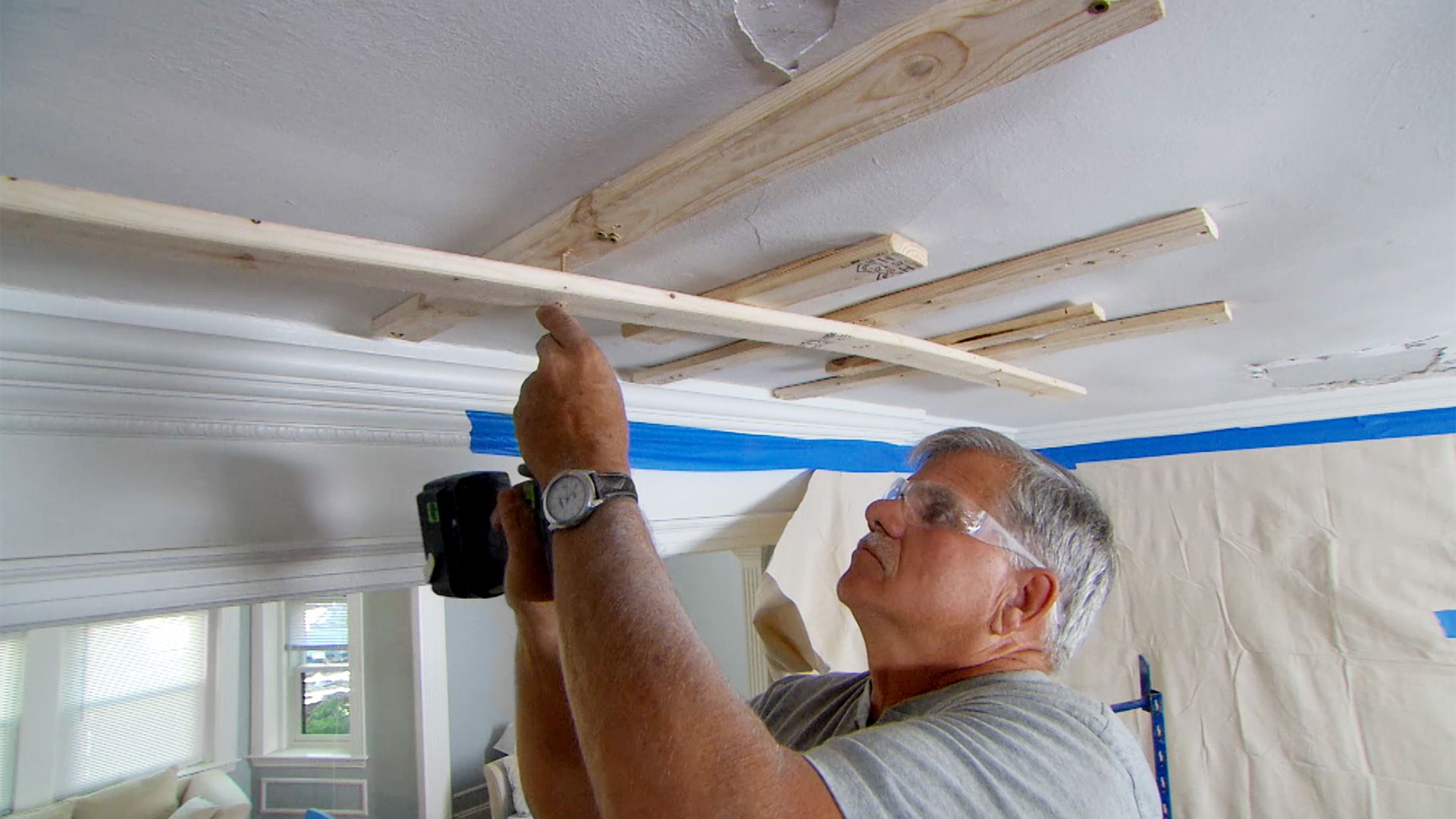
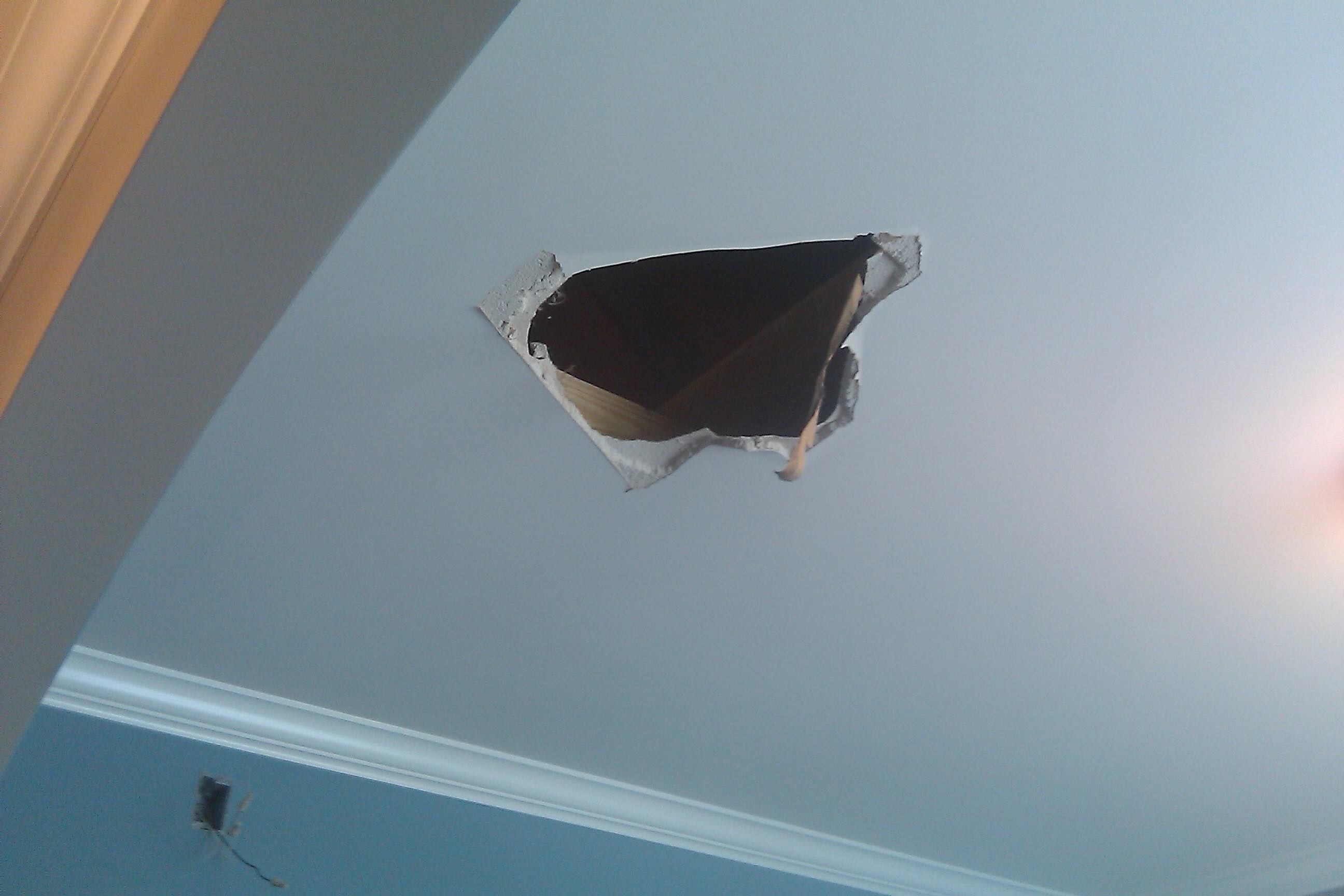
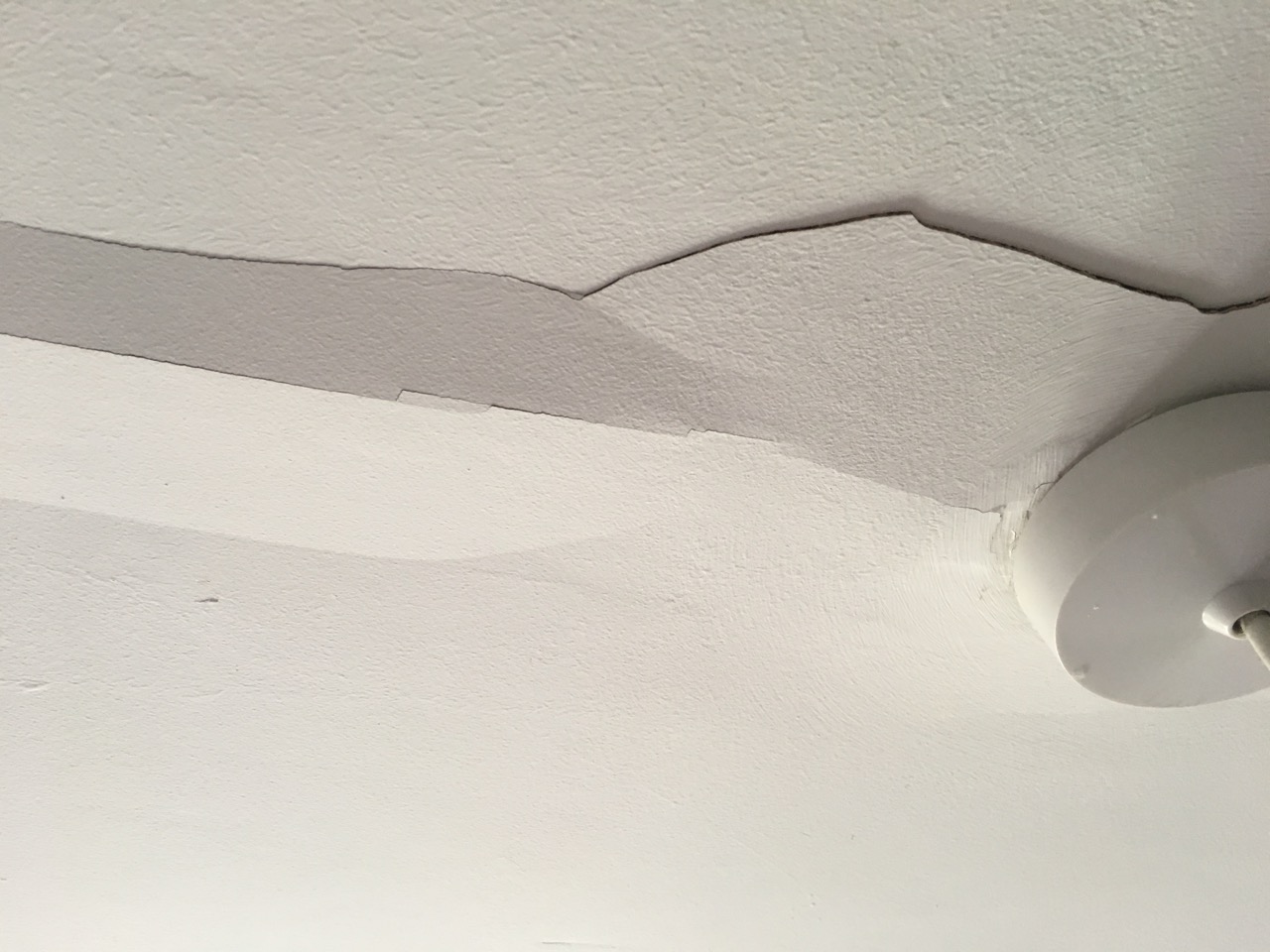
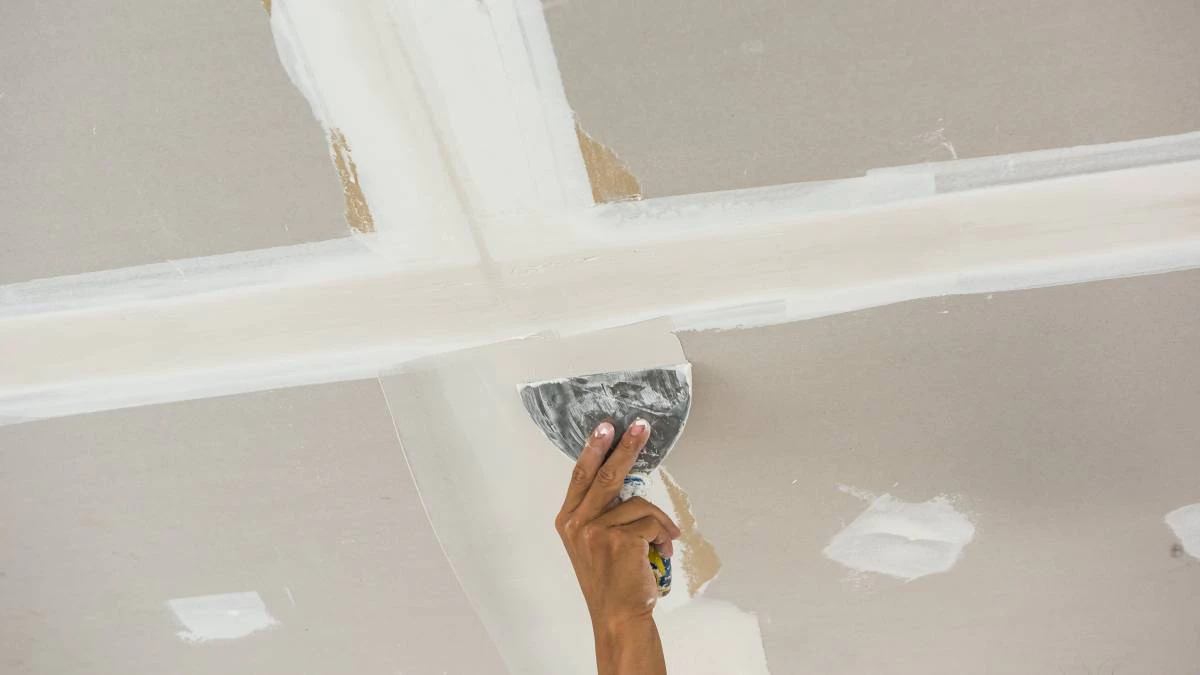
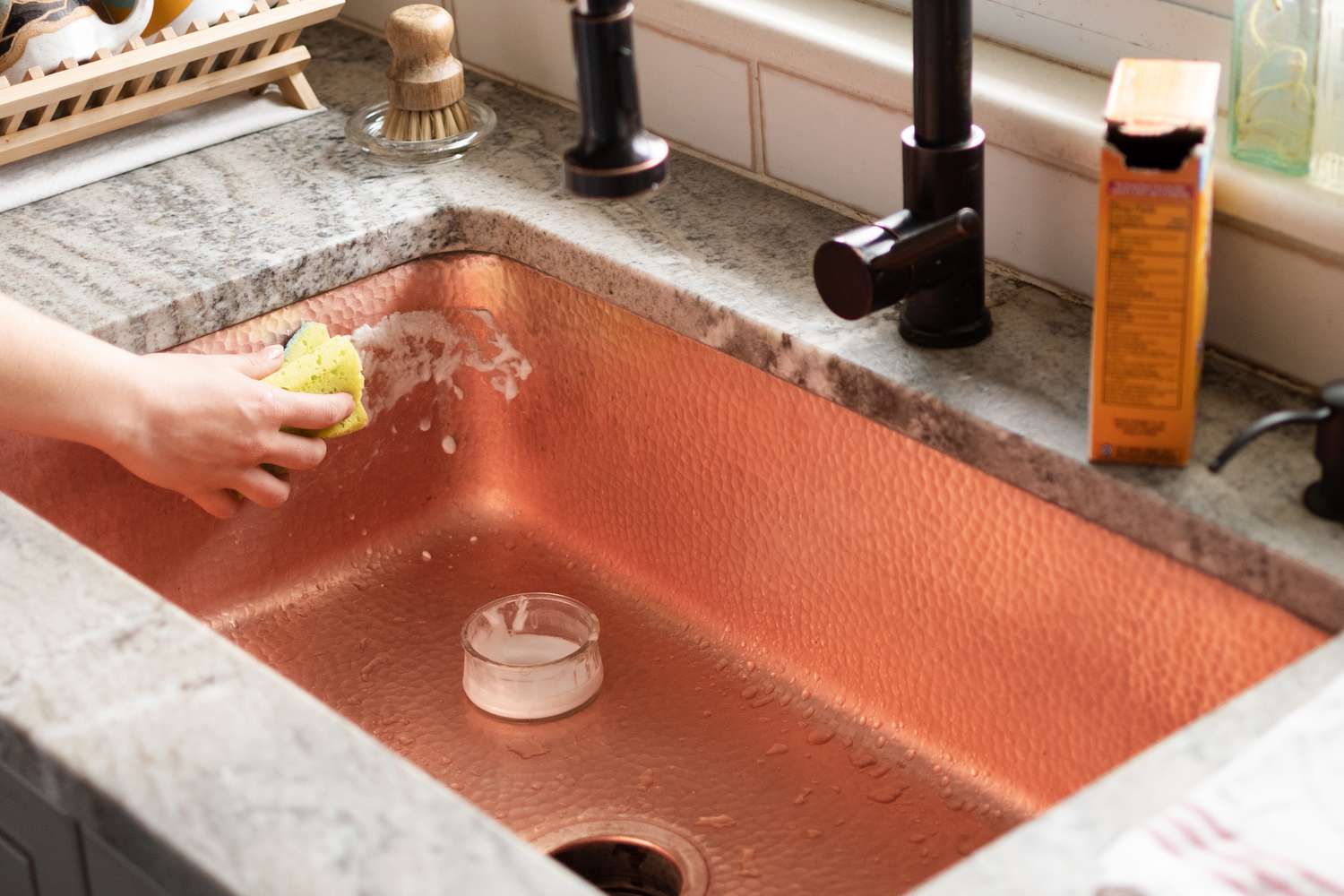
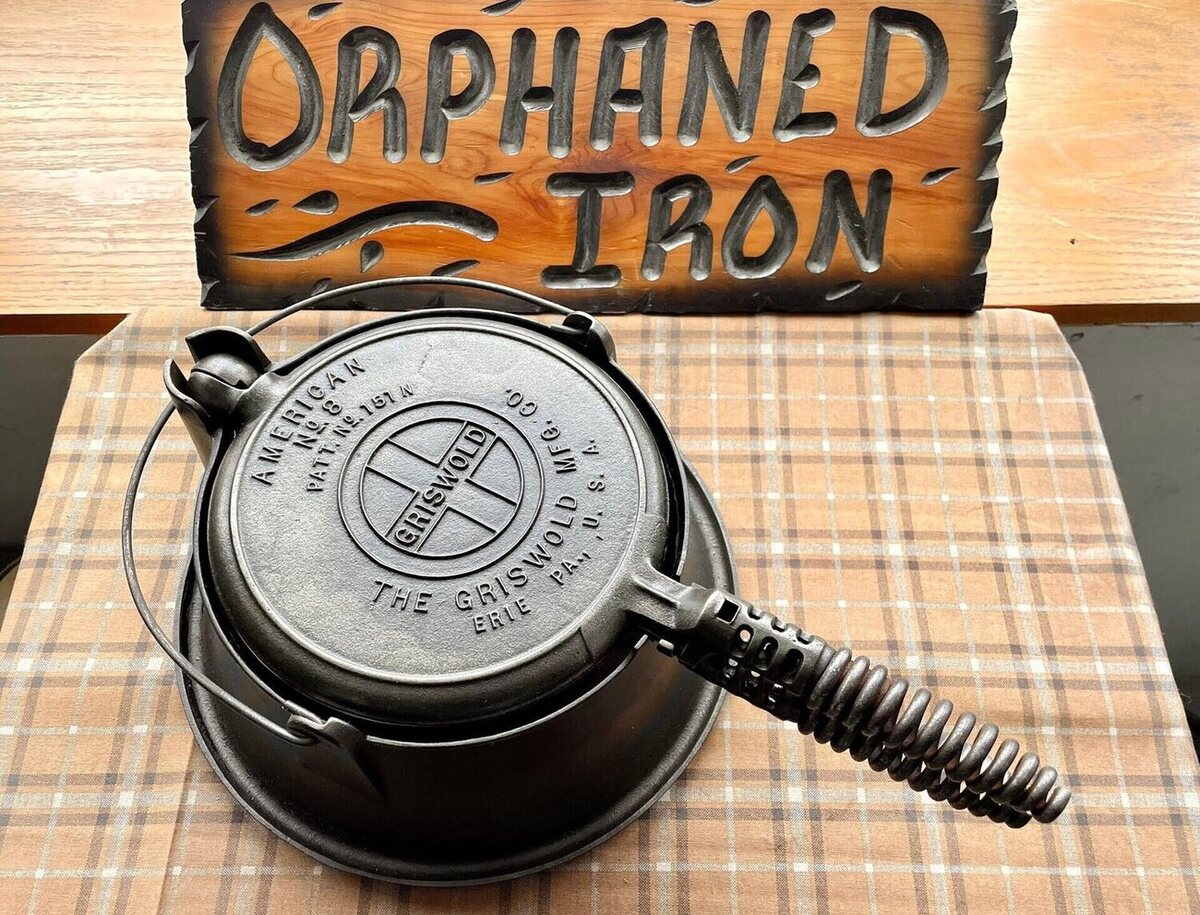
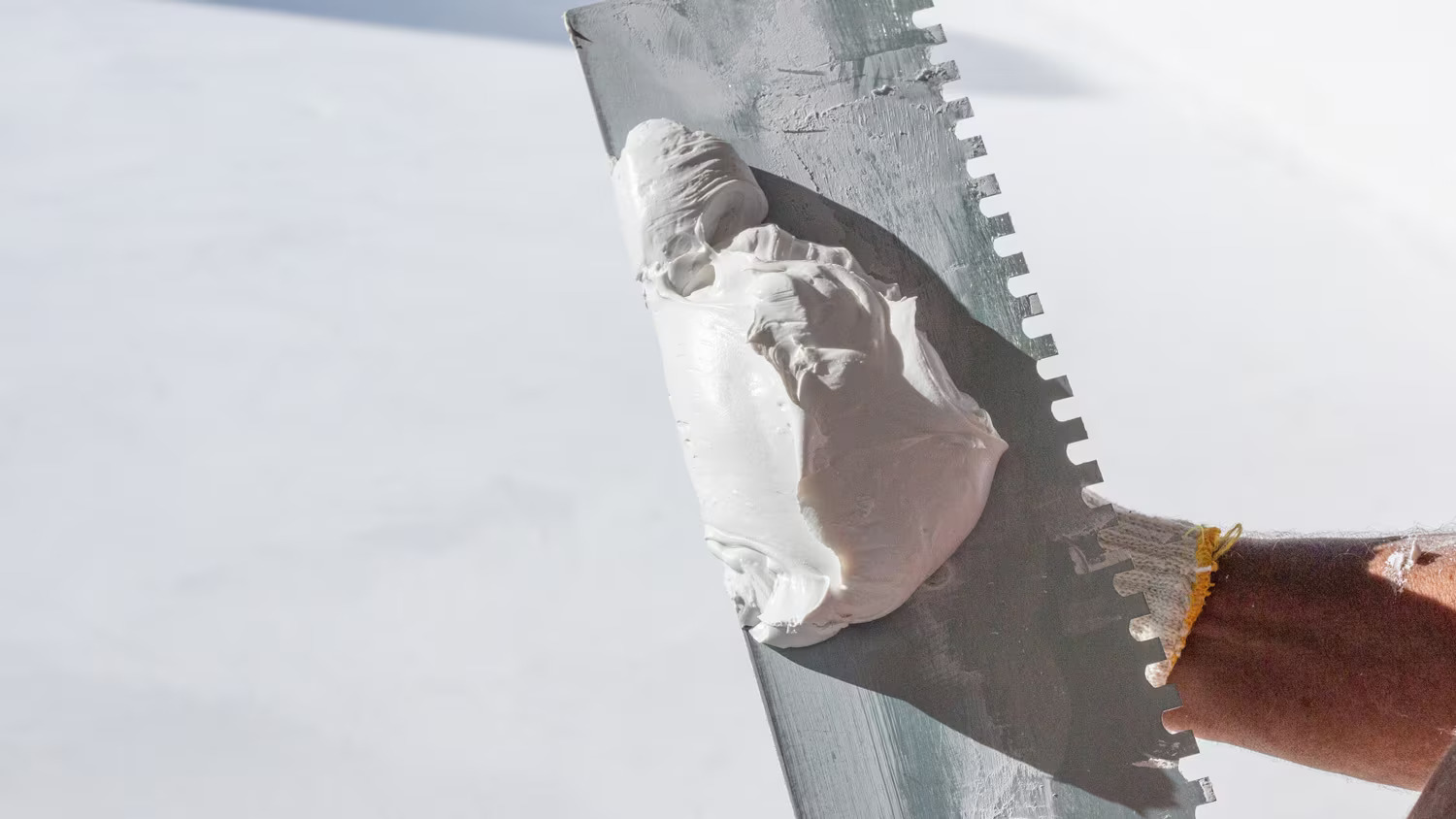
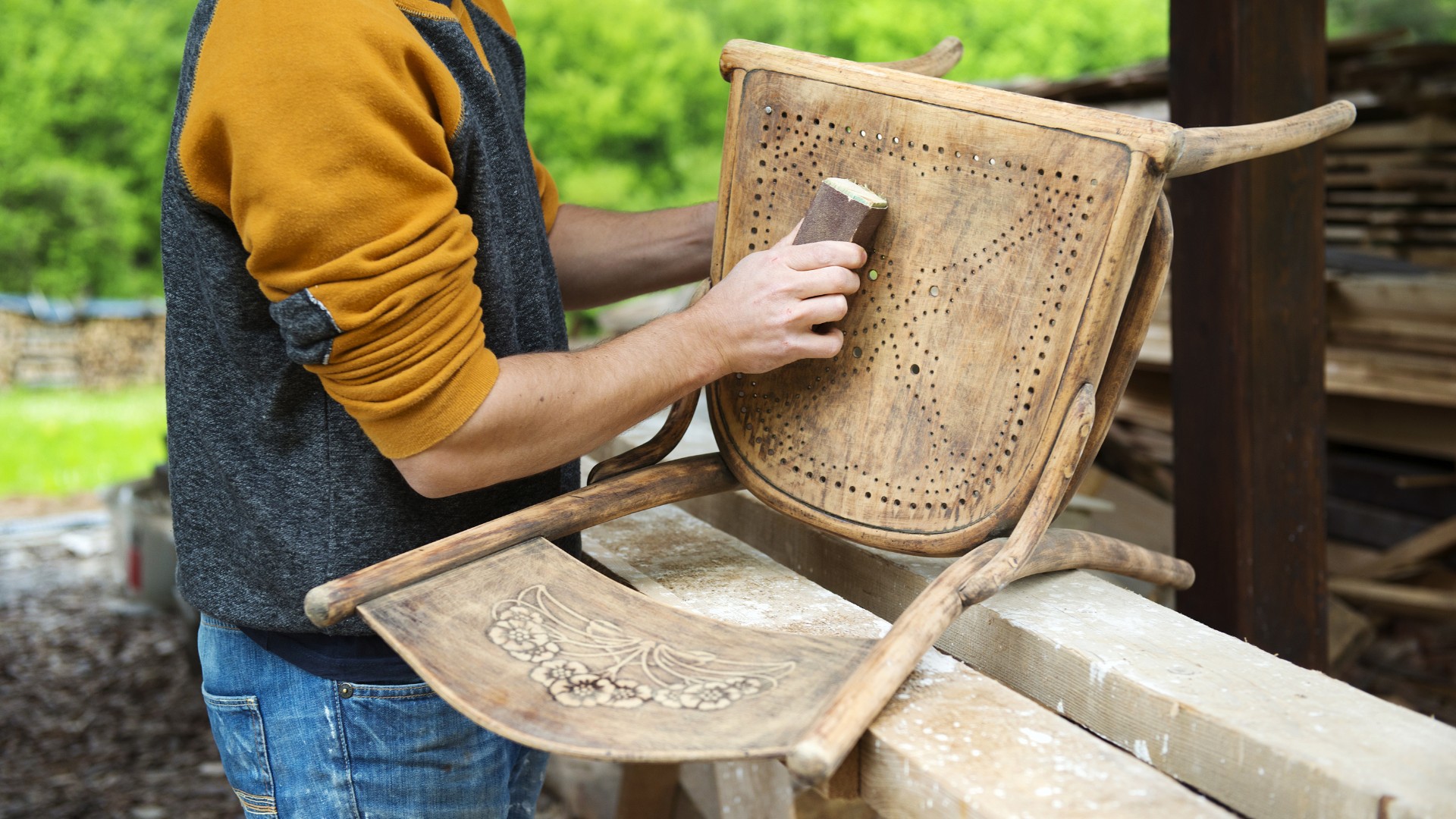

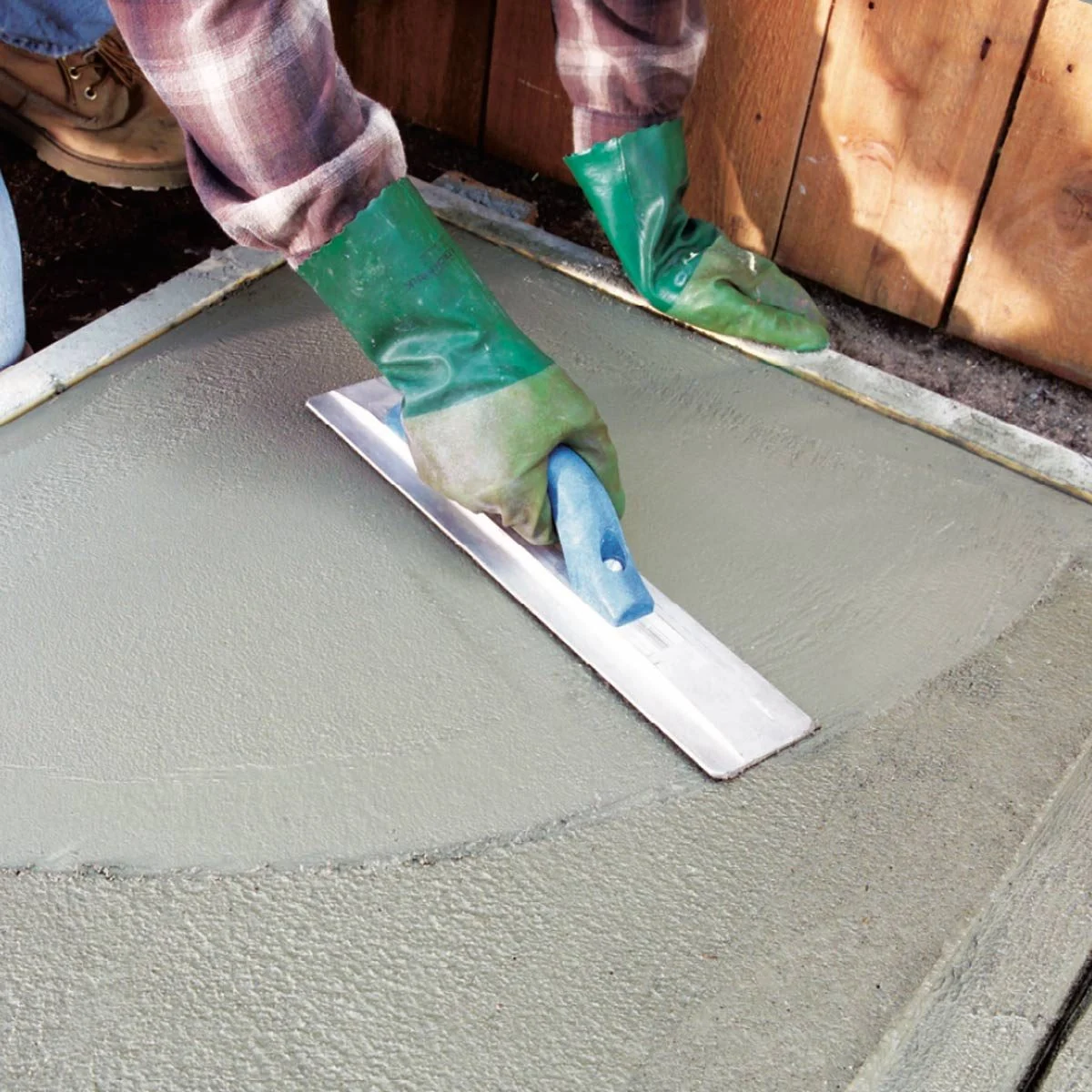
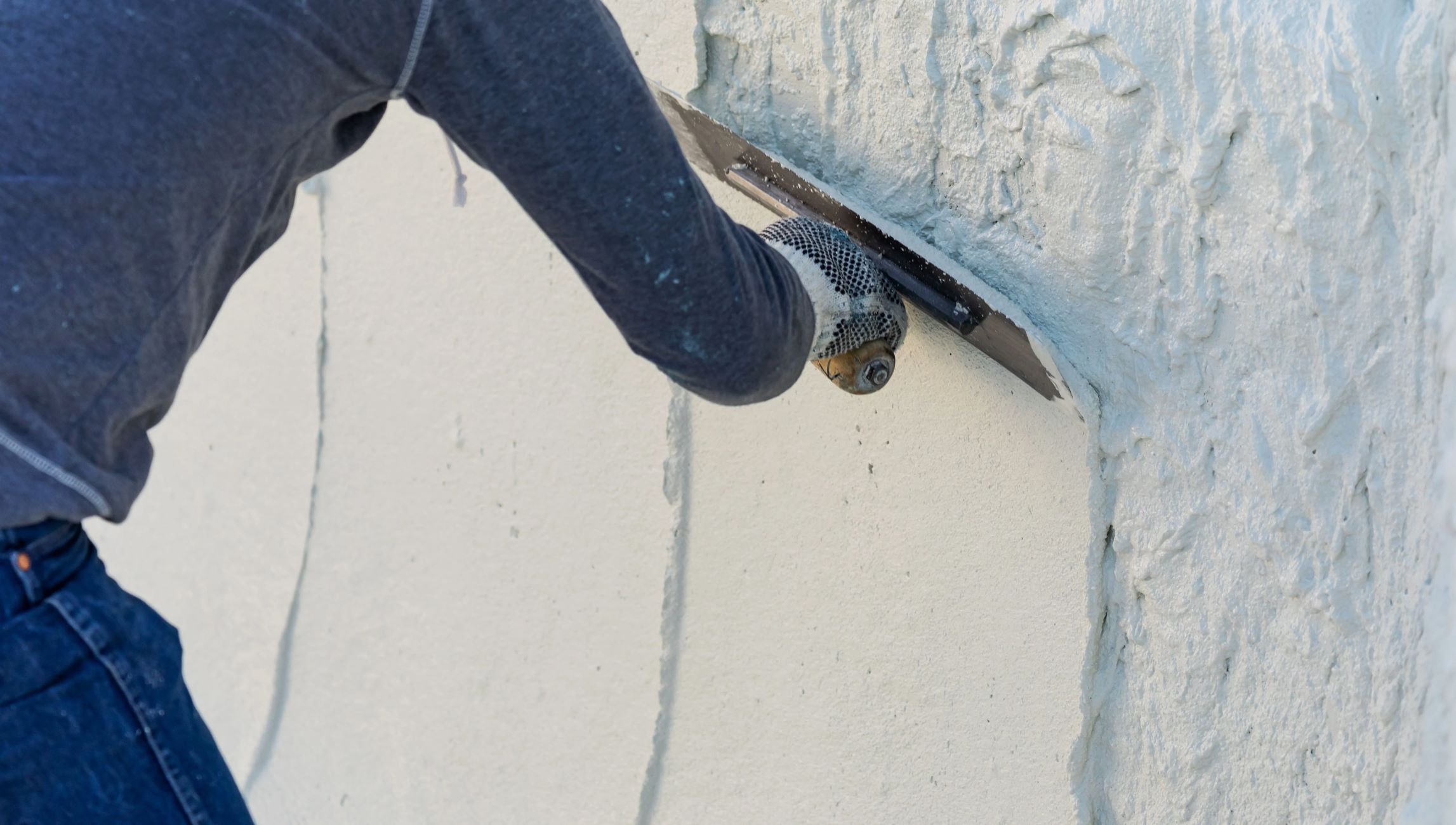
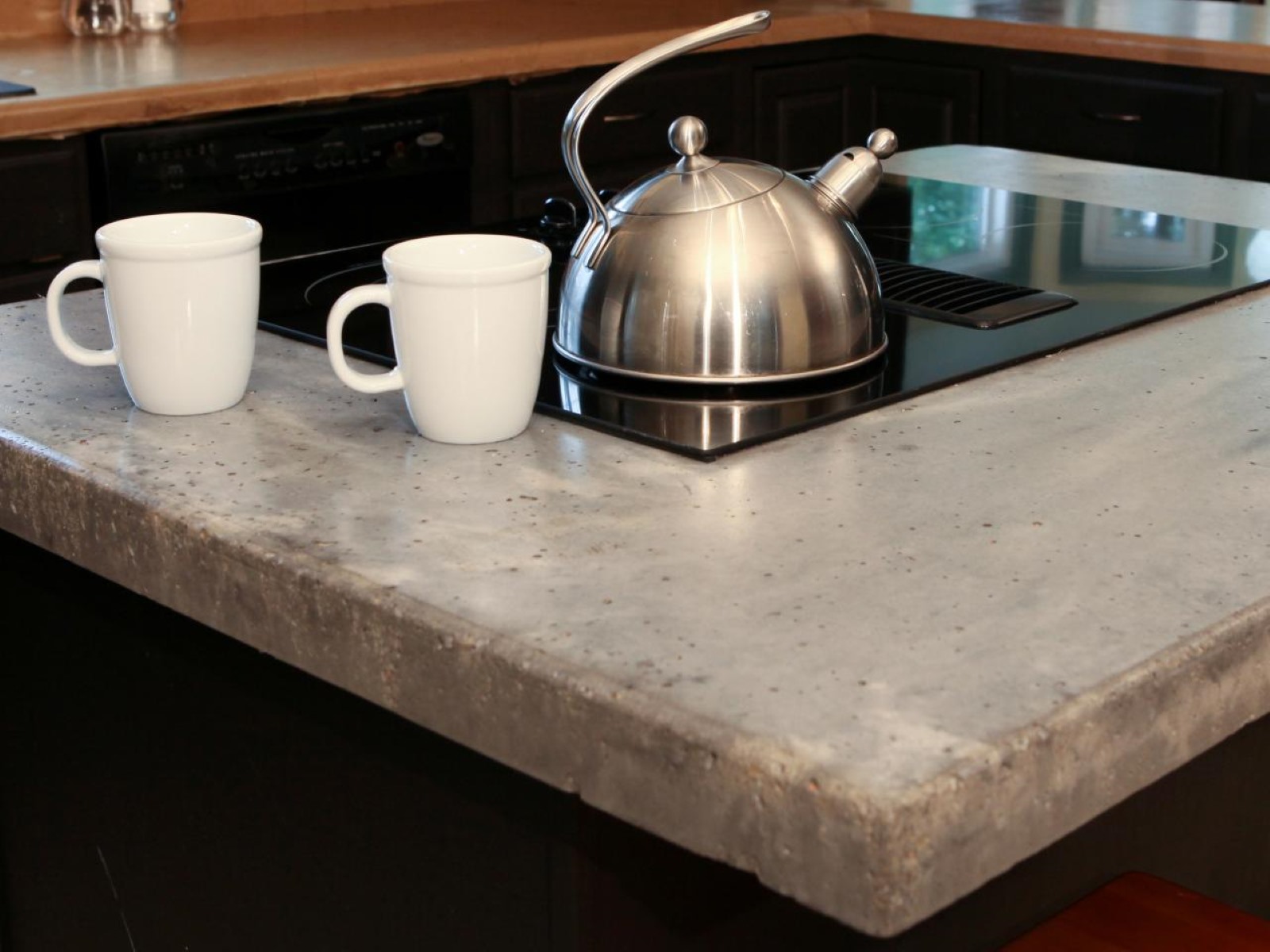
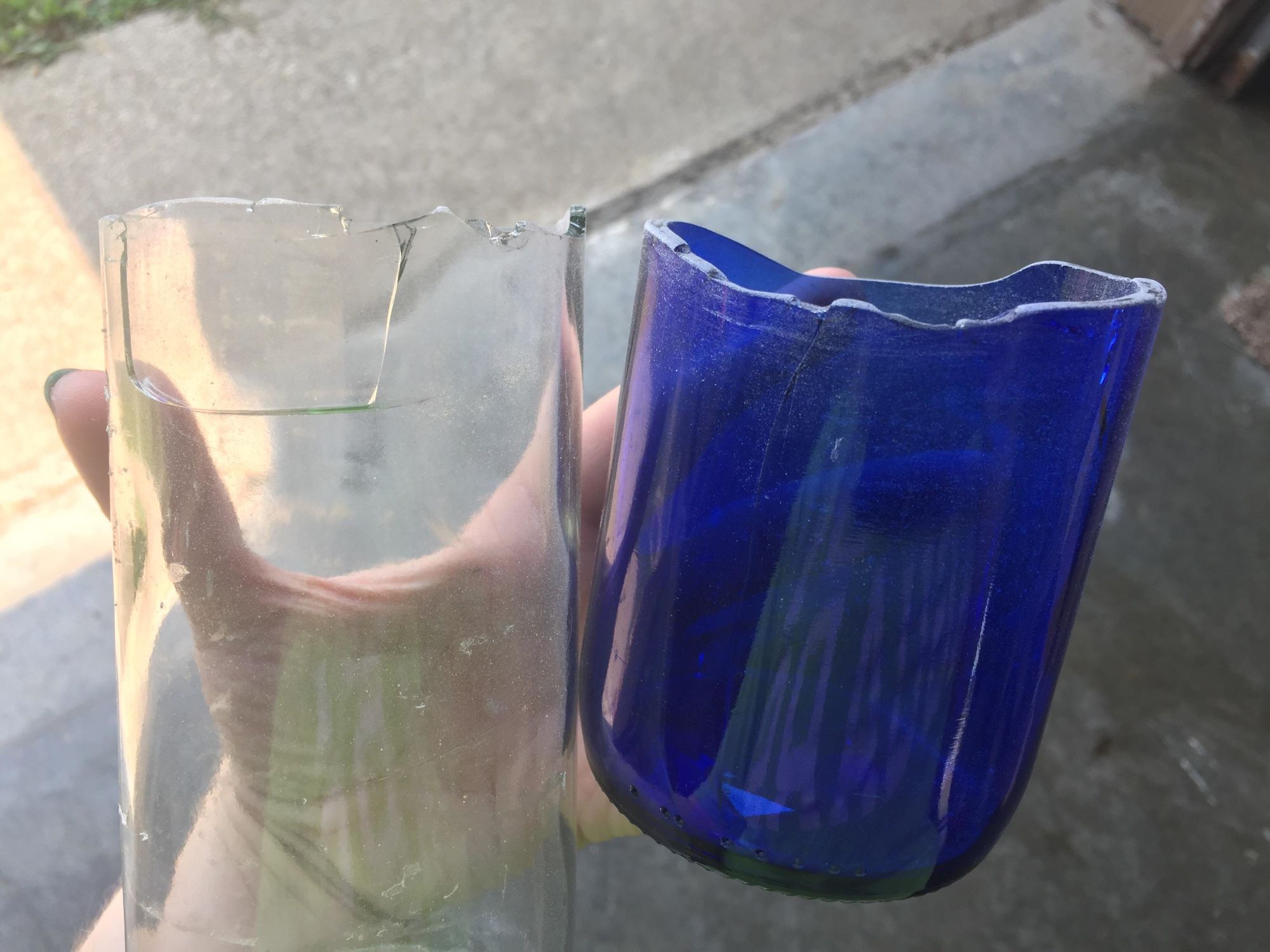

0 thoughts on “How To Repair A Plaster Ceiling: Restore Its Smooth Surface”